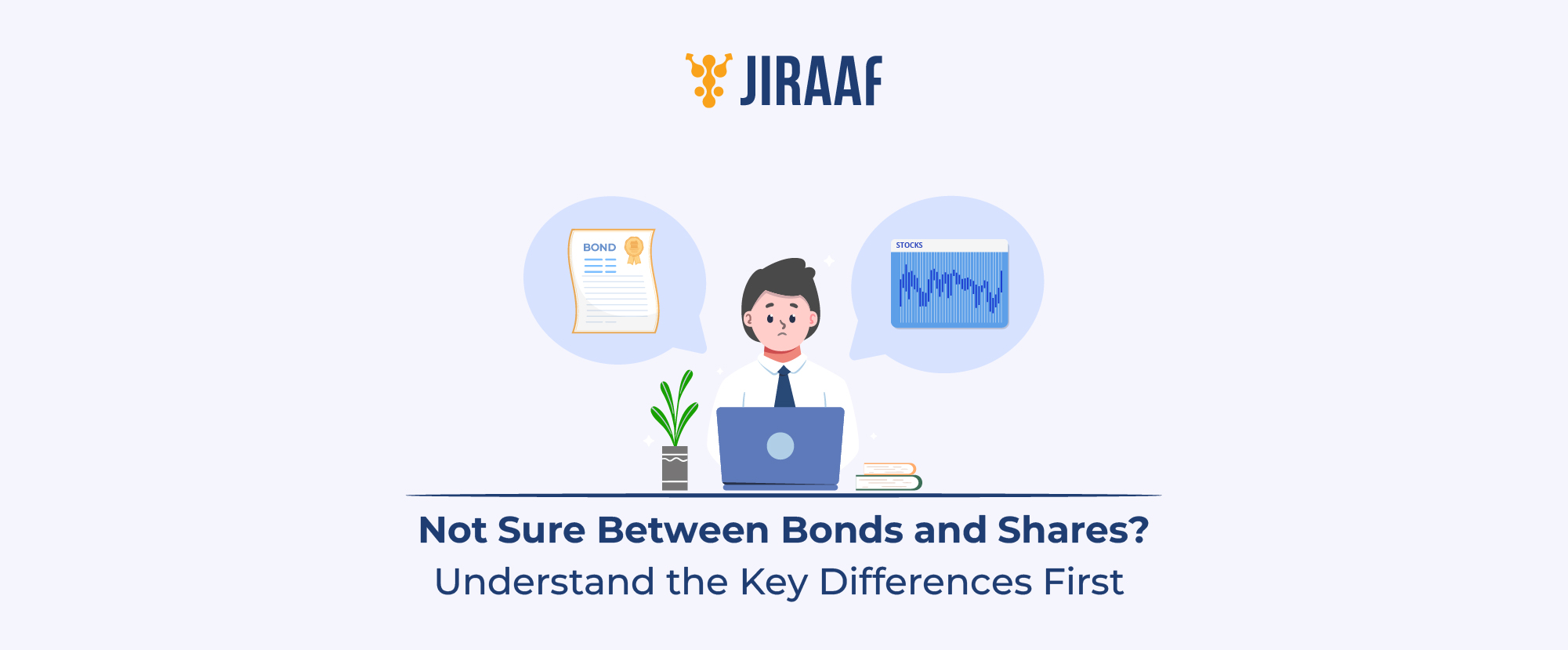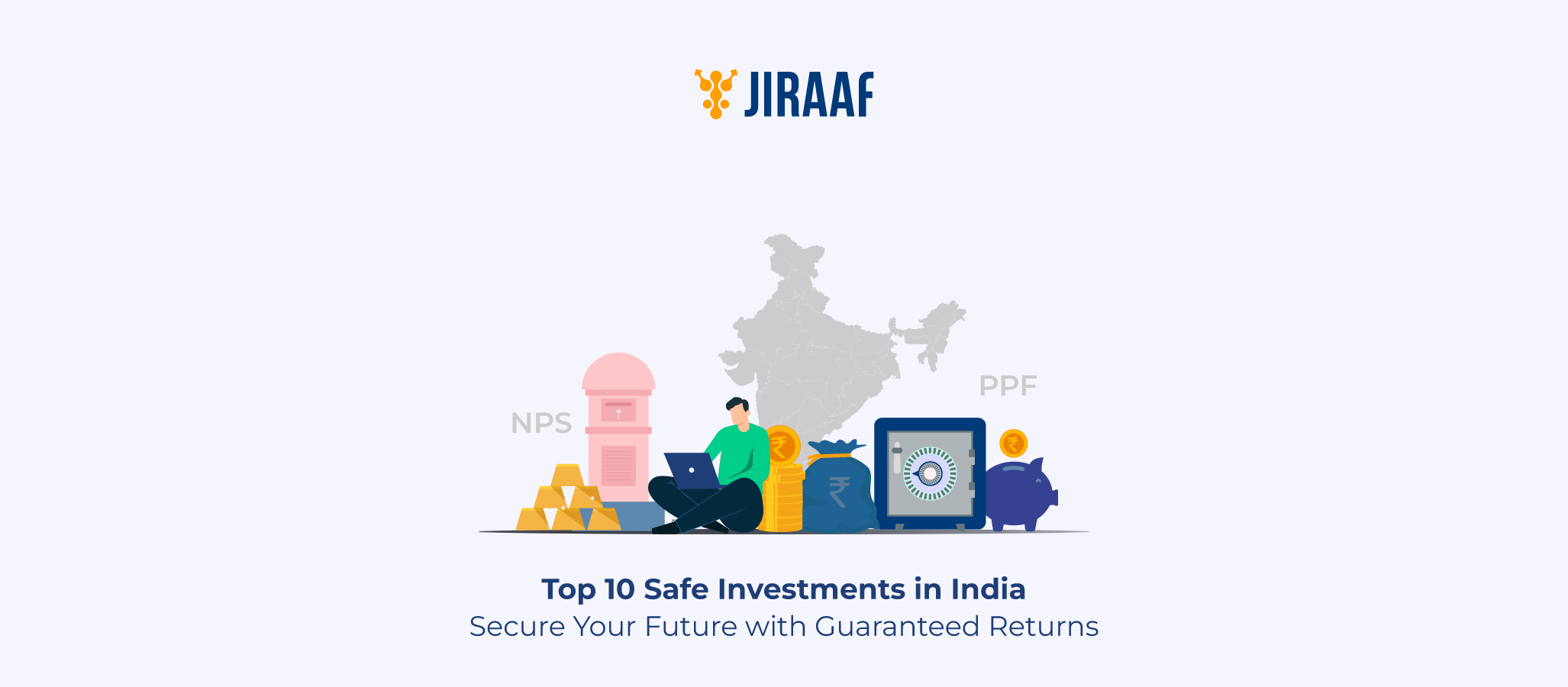The Indian economy is flashing two very different signals at the same time.
On the one hand, inflation has cooled dramatically. Retail inflation for July 2025 came in at just 1.55%. This follows the surprisingly low figure of 2.1% for June 2025. The July figure is the lowest since 2017 and well below the Reserve Bank of India’s (RBI) 2–6% tolerance band. In theory, it should be a green light for the central bank to start cutting rates more aggressively.
But, on the other hand, the bond market tells a different story. The 10-year bond yield has hardened, recently touching a four-month high. The yield–repo spread has widened to nearly 100 basis points. Far from pricing in any anticipated rate cuts, investors seem to believe that the RBI will stick to its current stance for a longer period.
This divergence is quite significant. It affects not only policymakers but also investors trying to position themselves in a rapidly shifting market. To fully understand it, let’s break down the numbers, the drivers, and the signals the market is sending ahead of the crucial October MPC meeting.
India’s July Inflation – A Record Low
Inflation data is one of the most keenly tracked economic indicators in India, influencing consumer confidence as well as policy decisions. July’s reading was exceptionally low, evoking relief but also a sense of wariness about how sustainable the trend might be.
CPI Falls to 1.55%, Lowest Since 2017
India’s July CPI figure took everyone by surprise, plunging to 1.55%, an eight-year low. The decline was mainly driven by a sharp fall in food prices, particularly cereals and pulses.
- Food inflation: –1.76%
- Core inflation (excluding food and fuel): ~4%
While this might look like a dream scenario, most experts remain cautious. The drop in CPI is heavily food-led. It means the low level may not be sustained for long. A good harvest and temporary price corrections can pull the food inflation to lower levels, but such trends tend to reverse quickly. Core inflation, which reflects more persistent price pressures, is still hovering around 4%. It is not exactly a signal that inflation has been brought under control.
August Inflation Set to Rebound
The relief in CPI inflation may well be short-lived. According to an SBI report, the August CPI is expected to rebound above 2% likely closer to 2.3%. If this happens, the RBI may feel less pressure to cut rates in the October MPC.
For policymakers, the real focus is always the trajectory of core inflation. If core inflation remains sticky, the RBI will hesitate to ease the rates.
Inflation Tolerance Band – Why It Matters
The RBI has always emphasized its 2-6% tolerance band for inflation. Inflation falling below 2% raises as many questions as when it goes above 6%. A moderate and sustained level of inflation, say 3-4%, is considered desirable for a developing economy. Extremely low inflation can be indicative of weakening demand, rural distress, or sudden supply shocks. Though the July number looks comforting at first glance, it has also sparked a debate about whether India is entering a phase of weakening demand that cannot be addressed by monetary easing alone.
10-Year Bond Yield – Why It’s Hardening
Bond yields are generally considered a barometer of market confidence. When they rise despite falling inflation, it indicates that investors are worried about something else. Usually, it is about fiscal pressures, liquidity mismatches, or global headwinds. The current hardening of yields indicates exactly this phenomenon.
Current Yield Levels
The bond market’s reaction to July’s inflation surprise has been anything but dovish. After the August MPC meeting, where the repo rate was held steady at 5.50%, the India 10-year bond yield edged higher to around 6.39%. On August 12, it briefly touched 6.492%, the highest in more than four months. At present, yields are holding in the 6.45–6.50% range, their steepest level since April.
From a broader perspective, yields have risen about 24 bps since June’s surprise 50 bps rate cut, erasing the initial optimism around policy easing. In the first two weeks of August alone, they hardened 17 bps, mainly on concerns over fiscal pressures and weak investor demand. Importantly, the yield–repo spread is now close to 100 bps, the widest in 2025 — a clear sign of market caution despite disinflation.
Market Drivers behind the Spike
So why are yields rising when inflation is at record lows?
- Weak demand from traditional buyers: Banks, insurers, and pension funds are showing less appetite for government paper.
- Fiscal concerns: High borrowing needs are keeping supply pressure elevated.
- Positioning after the June cut: Markets had already priced in some easing; disappointment in follow-through has caused a pullback.
Fiscal Risks Weighing on Bonds
Another important factor behind the hardening yield is India’s fiscal deficit trajectory. With consolidation slower than expected, investors are wary of rising bond supply. Even whispers of higher government borrowing can nudge yields upward, particularly when global investors are already cautious on emerging markets. In this backdrop, fiscal risks are amplifying the hardening trend in Indian bonds, despite benign inflation.
What the Bond Market Is Signalling
Bond markets are often forward-looking. They don’t just respond to current inflation data; they try to anticipate what will happen six months down the line. Right now, the signals are clear: the market believes the RBI will tread cautiously and avoid rushing into further rate cuts.
The Yield–Repo Spread
Right now, the yield–repo spread, or the gap between the 10-year bond yield and the repo rate, is hovering near 100 bps—the widest we’ve seen in 2025. That kind of gap usually reflects market wariness. In simple terms, investors seem to be betting the RBI won’t be cutting rates anytime soon.
Why October Rate Cuts Look Unlikely
Most analysts are of the opinion that October may be too soon for easing. SBI has openly said that it will be “a tad difficult” for the RBI to cut rates in October. December could be a different story. If GDP growth in the first two quarters disappoints and inflation stays benign, the RBI may reconsider its stand.
For now, the central bank’s neutral stance signals caution. Global uncertainties, from volatile commodity prices to US Fed decisions, are also pushing the RBI to prioritize stability over haste.
Investor Psychology – Reading Between the Lines
Bond investors usually look beyond single data points. They also want to be able to anticipate the future policy movements correctly. A few months of soft inflation aren’t enough to shift expectations when fiscal stress, global headwinds, and uncertain domestic growth remain in play. This is why traders continue to demand a higher risk premium, even as inflation prints fall sharply.
Inflation, Rates, and Yields – The Connection
The link between inflation, policy rates, and bond yields is usually straightforward. Lower inflation gives central banks the room to cut rates, which in turn pushes yields down. But today’s environment is testing that logic, with bond yields rising even as inflation hits record lows.
Typically, Low Inflation Means Lower Yields
Traditionally, falling inflation signals easier monetary policy. Rate cuts reduce borrowing costs, liquidity improves, and yields soften. This is why investors often treat inflation trends as one of the most reliable guides to the bond market’s direction.
Why This Time Is Different
But this time, this relationship has broken down because,
- The inflation drop is primarily food-led and therefore considered temporary.
- Core inflation is still sticky enough to make the RBI cautious.
- Fiscal dynamics mean the supply of bonds is increasing, creating upward pressure on yields.
Lessons from Global Markets
India is not alone in facing this paradox. Similar trends have been witnessed in the US and Europe, where inflation softened but bond yields remained high due to fiscal and supply concerns. This global parallel reinforces the idea that markets care as much about fiscal policy and debt dynamics as they do about monetary easing.
The October MPC – All Eyes on August and September CPI
The following monetary policy committee (MPC) meeting in October has become the key event for investors, traders, and corporates alike. With July inflation at record lows but bond yields still elevated, the August and September CPI prints could tip the balance of expectations.
Two Scenarios
Looking ahead to the October policy, the two possible scenarios are:
- If CPI holds near 2%: The RBI will likely wait, keeping the repo at 5.50% and monitoring global conditions.
- If CPI dips again: The door opens slightly for a cautious rate cut, but even then, the central bank may prefer to wait till December as the safer bet.
Global Context Matters
India doesn’t operate in isolation. Global rate paths, US Treasury yields, and commodity price swings are all critical factors leading to the RBI’s cautious stance. For investors, this means expecting policy continuity rather than sharp pivots.
RBI’s Communication Strategy
Another angle is how the RBI communicates its stance. Policymakers have stressed “the durability of disinflation” rather than reacting to one-off numbers. This deliberate communication helps temper market expectations, ensuring that investors don’t react to every monthly data release.
What It Means for Investors
The signals are mixed for bond market investors, but not without opportunity.
- Elevated yields: With the 10-year yield near its recent highs, investors may find some attractive entry points in long-duration government securities.
- Corporate bonds: Shorter maturity corporate bonds can provide a balance with better yields than deposits, but with lower volatility than long-term government debt.
- Rate outlook: With the RBI likely to hold steady until at least December, investors can position portfolios with confidence in near-term stability.
Balancing Duration and Risk
Investors often face a trade-off between locking into long-duration bonds for higher yields or sticking with shorter tenures for safety. In the current environment, a laddered approach, spreading investments across maturities, can help manage both yield and reinvestment risk.
Role of Online Bond Platforms
Another key development for investors is the rise of SEBI-registered online bond platforms such as Jiraaf. Not only are they making bond investing more accessible, but they are also reshaping retail participation in fixed income.
Retail activity on these platforms has increased significantly. Participation grew by 30–40% in FY24, while invested amounts rose by 60–80% on some platforms, according to Moneycontrol. Today, Jiraaf, an Online Bond Platform Providers (OBPP), offer investors access to corporate, PSU, and sovereign bonds directly through browsers or smartphones.
Regulatory reforms have played a big role in this development. SEBI’s moves to reduce minimum investment sizes to ₹10,000 and mandate exchange-based settlement have dramatically lowered barriers to entry and boosted transparency. These changes have made bond investing almost as straightforward as buying a stock.
For retail investors navigating rate-cycle ambiguity and bond yield shifts, Jiraaf’s online investment platform and app are more than just a convenience; they empower investors. They offer:
- Easy curation and investment opportunity visibility
- Transparent comparisons (yields, ratings, tenors) side by side
- Innovative tools such as India’s first ‘Bond Analyser’ and features such as incremental IRR
- Greater accessibility through smaller ticket sizes and user-friendly interfaces
India is witnessing a quiet fixed-income revolution, with digital platforms acting as the bridge between an institutional bond market and the savvy retail investor.
Conclusion – A Market in Wait-and-Watch Mode
India’s bond market is currently playing a waiting game. Inflation at 1.55% may look like a green light for rate cuts. But yields reflect another story; one of fiscal pressures, cautious policymaking, and investor restraint.
For investors, this divergence is not a cause for confusion but an invitation to think strategically. Elevated yields create opportunities, especially for those willing to look beyond short-term noise.
The next few months will be critical. August and September CPI prints, coupled with global developments, will determine whether 2025 ends with a rate cut or a steady hold. Until then, the best approach may be to stay invested, stay diversified, and stay alert.









